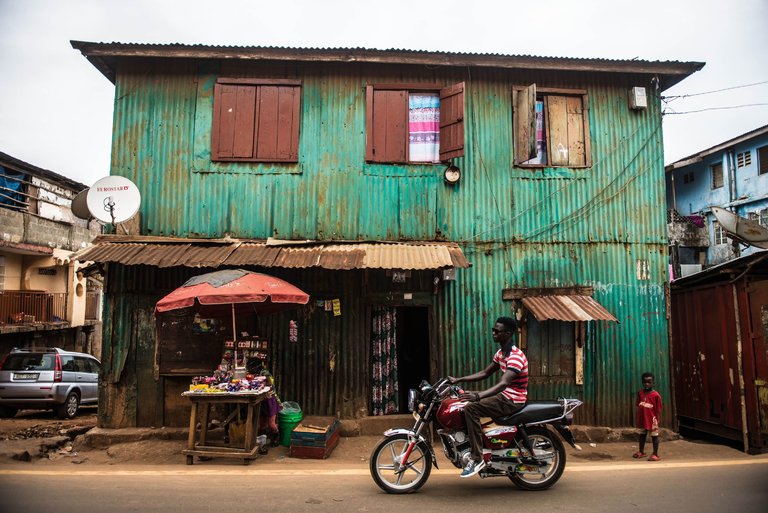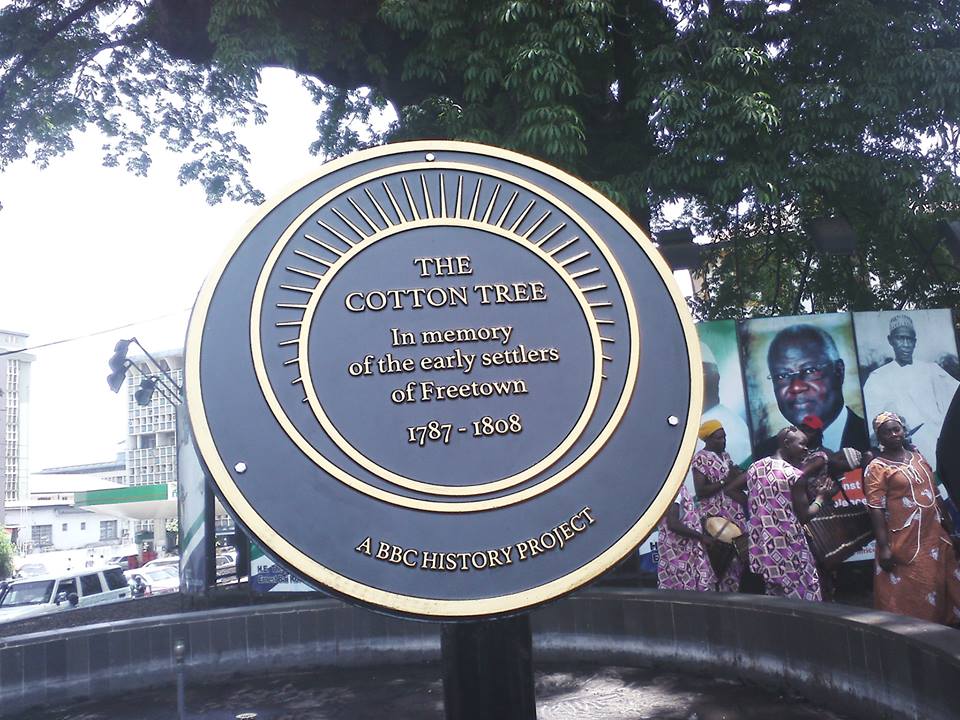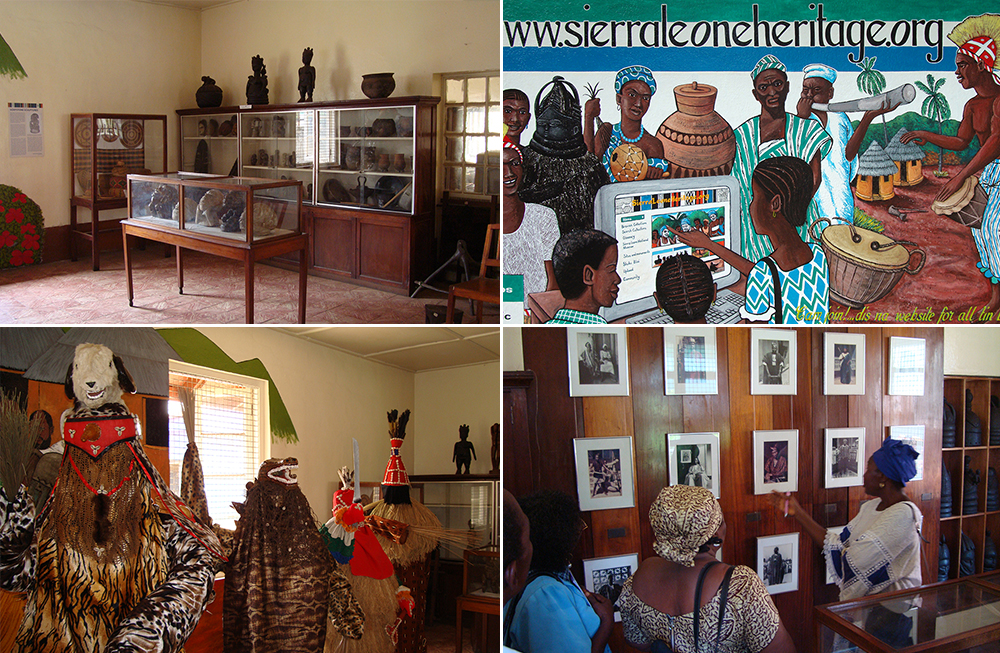-
New INTO Member: Sierra Leone Monuments and Relics Commission (April 2016)
Posted on May 2, 2016Welcome to our new INTO members in Sierra Leone! We appreciate your confidence in our organisation and hope to serve you in a way that reflects our mission. And we were delighted that Chairman, Isatu Smith, was able to join our member webinar last week.
The Monuments and Relics Commission is the main statutory body responsible for the protection of cultural heritage in Sierra Leone. In 1946 an Ordinance was passed to “provide for the preservation of Ancient, Historical, and Natural Monuments, Relics and other objects of Archaeological, Ethnographical, Historical or other scientific interest”.
This Ordinance called for the setting up of the Monuments and Relics Commission as a corporate body. Today, the Commission’s main source of revenue is through the Ministry of Finance and Economic Development from the government Consolidated Funds to carry out its work the Commission seeks additional funds from agencies/organisations, private donors, foundations, corporate donors etc.
Under powers granted to the Commission by the 1946 Ordinance, the Commission identified and declared a series of National Monuments and Relics. To date, 18 historical sites have been proclaimed as National Monuments under the Sierra Leone’s Monuments and Relics Ordinance.

Corrugated zinc sheeting now covers many of the remaining board houses in and near Freetown, Sierra Leone. Preservation efforts are not well funded. © Tommy Trenchard, New York Times
Chairman Isatu Smith says that they hope to gain access to expertise in heritage preservation and management and capacity building through their membership of INTO. “The MRC can share its experiences of trying to preserve and manage heritage assets in a community that is wholly uneducated and ignorant about these issues. The challenges and lessons learnt are invaluable tools that other agencies facing similar problems can benefit from.”
She goes on to describe a recent ‘Best in Class’ project: “The rehabilitation and refurbishment of the Sierra Leone National Museum: The Museum’s prime function is to serve as a repository of our Nation’s material heritage and artifacts and to present them in an interactive way. The Museum was in a deplorable shape with the buildings dilapidated and collection not effectively conserved; it therefore was not able to effectively carry out its functions and was an eyesore. This state of affairs continued until the Commission secured funds to refurbish and rehabilitate it; today it is an attractive public building that attracts great attention. The Museum has been provided with a Library and computer lab to facilitate research and create a conducive atmosphere for staff and the general public. Its collections are properly stored, displayed, and well conserved.”

© Emmanuel Kamara
The BBC History Department is to produce a new series presented by historian British Nigerian David Olusoga that explores relationship between Britain and African over the past 2000 years. Isatu Smith said that the relationship between Britain and Sierra Leone dated back in the 16th. Century “The unveiling ceremony of this plaque is very much symbolic and significant that will reflect us back in 1787 when the first set of freed Slaves arrived in Freetown from England”. (Emmanuel Kamara)

 44 (0)20 7824 7157
44 (0)20 7824 7157